What Happens When Cholesterol Increases in the Blood?
Getting a blood test and discovering high cholesterol levels can be worrying. But before jumping to conclusions or medications, it’s essential to understand what cholesterol is and how it affects your body.
When your blood shows elevated cholesterol, it means the fat content in your blood is higher than normal—a condition medically called Dyslipidemia.
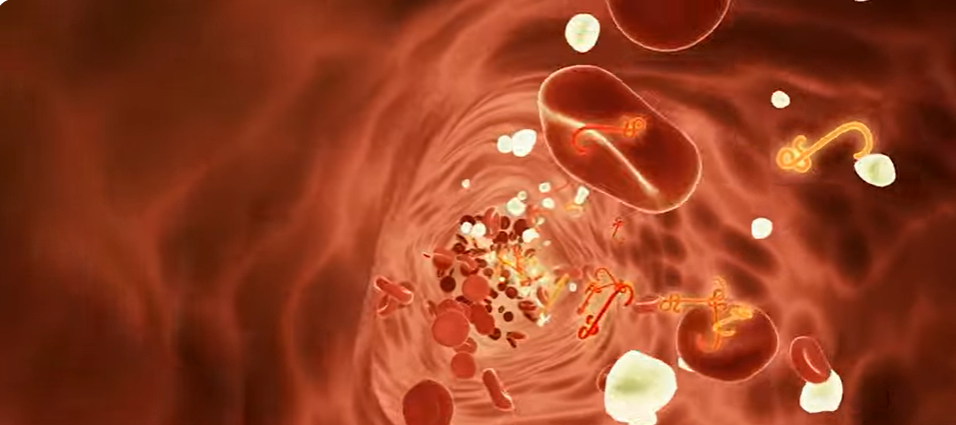
What is Dyslipidemia?
Dyslipidemia refers to an imbalance in lipids, including:
-
Total cholesterol
-
LDL (Low-Density Lipoprotein)
-
HDL (High-Density Lipoprotein)
-
Triglycerides
Many people ask: “I don’t have any symptoms—so why worry?”
That’s the tricky part. High cholesterol doesn’t show symptoms initially. But over time, it silently builds up plaque inside your blood vessels, narrowing or even blocking them. This can lead to:
-
Heart attacks when arteries around the heart are blocked
-
Stroke or paralysis when brain arteries are blocked
That’s why it’s crucial to manage cholesterol proactively—before it causes serious damage.
Who is More Likely to Develop High Cholesterol?
Not everyone is at the same risk. Certain factors increase your likelihood of having high cholesterol.

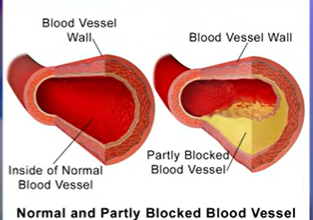
Key Risk Factors for High Cholesterol
-
Being overweight or obese
-
Consuming a high-fat, high-calorie diet
-
Eating excessive sugar and sugary foods
-
Sedentary lifestyle with little or no exercise
-
Use of anabolic steroids for bodybuilding
-
Smoking
-
Regular alcohol consumption
-
Family history of high cholesterol
-
Use of oral contraceptive pills (OCPs)
-
Chronic kidney disease (e.g., nephrotic syndrome)
-
Thyroid disorders
-
Side effects of certain medications like psychiatric drugs or diuretics
Should You Get Your Cholesterol Levels Tested?
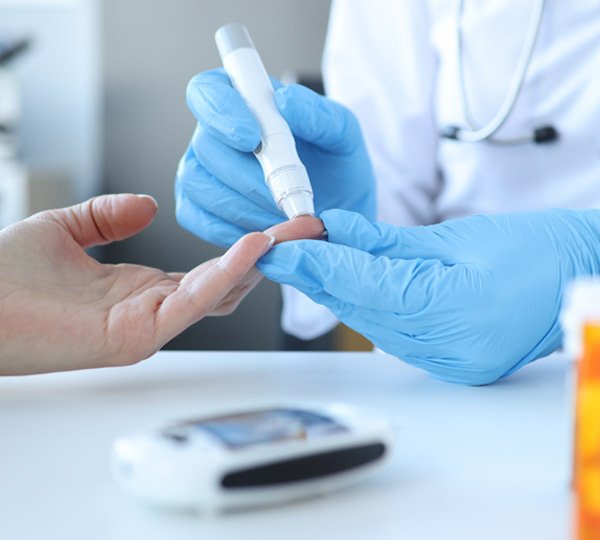
Absolutely, yes. If you’re 20 or older, it’s a good idea to get a lipid profile done—especially if you:
-
Are overweight
-
Have a family history of diabetes or cholesterol
-
Smoke or drink regularly
When and How to Test?
The most accurate results come after fasting for 10–12 hours. It’s best to take the test early in the morning.
How to Read Your Cholesterol Report?
A standard lipid profile includes several components. Here’s how to interpret each:
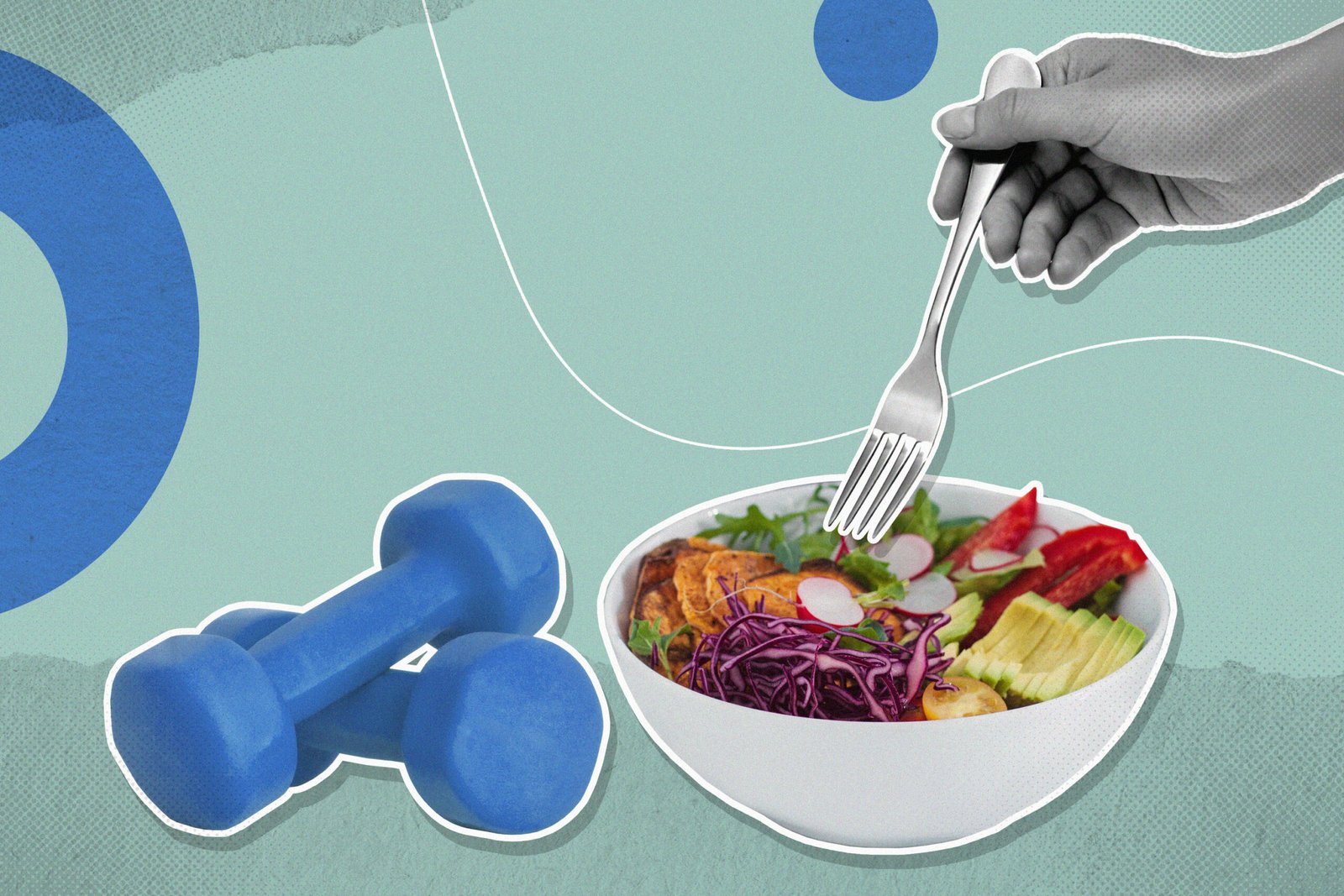
1. Total Cholesterol
-
Ideal: Less than 200 mg/dL
-
High levels increase heart disease risk.
2. Triglycerides
-
Normal: Less than 150 mg/dL
-
Elevated levels may indicate high sugar intake or obesity.
3. LDL (Bad Cholesterol)
-
Target: Less than 100 mg/dL
-
If you have heart disease, diabetes, or kidney problems, aim for below 70 mg/dL.
4. HDL (Good Cholesterol)
-
Desirable: More than 60 mg/dL
-
Risky: Less than 40 mg/dL in men and less than 50 mg/dL in women
What Happens When Cholesterol Builds Up?
Too much cholesterol in your bloodstream causes fat deposits to stick to your blood vessels. This leads to:
-
Narrowing of arteries
-
Reduced blood flow to organs
-
Heart attack when blood flow to the heart is blocked
-
Stroke when blood flow to the brain is interrupted
These effects are silent at first—by the time symptoms appear, damage is already done.
Can You Reduce Cholesterol Without Medication?
Yes! In many cases, lifestyle changes alone can effectively lower your cholesterol levels.
When is Medicine Necessary?
-
If you have existing heart or kidney disease
-
If cholesterol levels are extremely high
-
If lifestyle changes fail after consistent effort
However, for most people, two pillars are key to managing cholesterol naturally:
1. Exercise Regularly
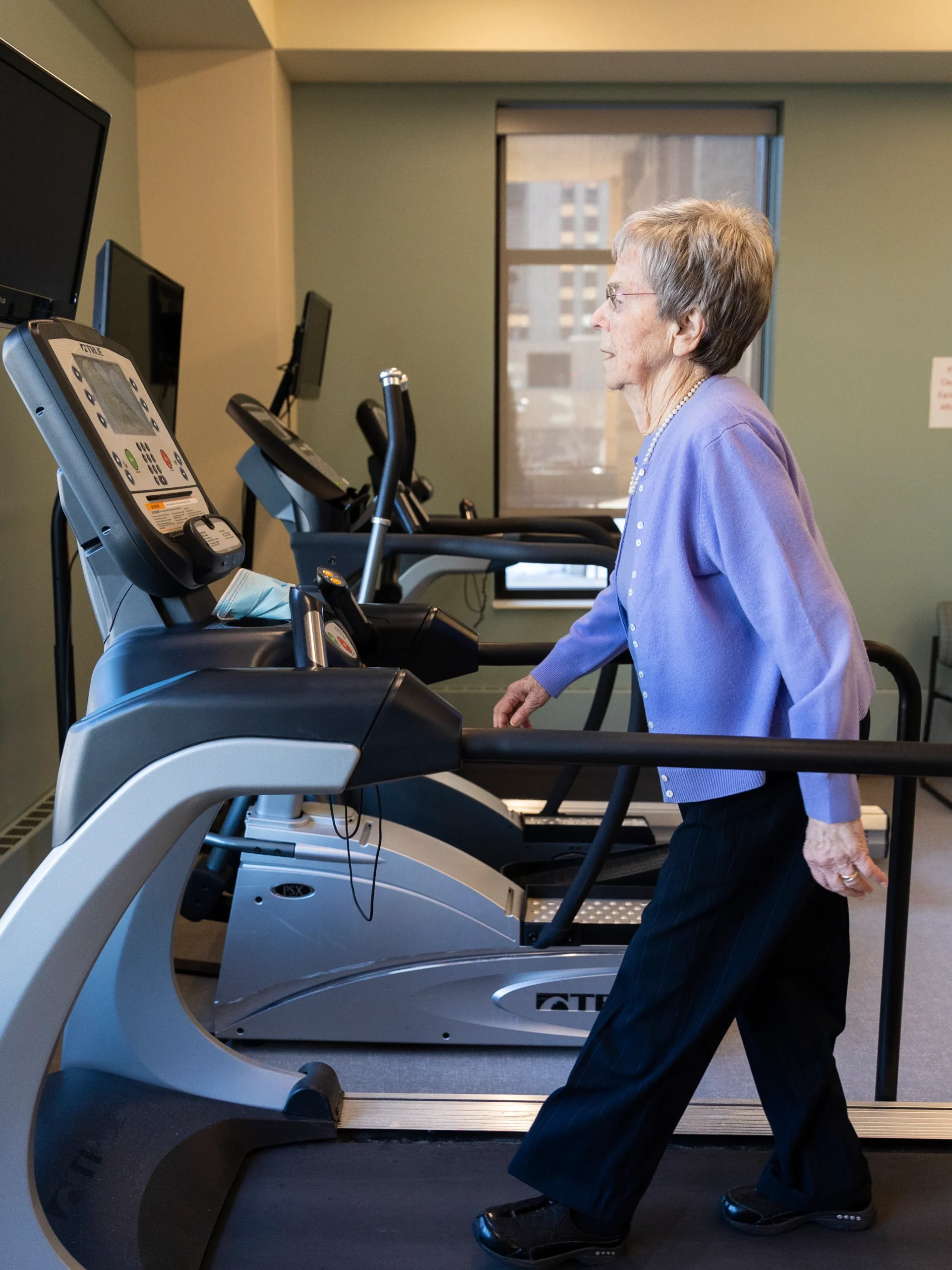
Engage in moderate-intensity aerobic activity for at least 30 minutes daily. Examples:
-
Brisk walking
-
Jogging
-
Cycling
-
Swimming
2. Make Smart Diet Choices
Let’s break this down into what to avoid and what to include.
Foods to Avoid If You Have High Cholesterol

1. Saturated Fats
Found in:
-
Ghee
-
Butter
-
Cream
-
Coconut oil
-
Animal fats
2. Trans Fats
Found in:
-
Packaged snacks
-
Fried foods
-
Bakery items
-
Processed foods
Check labels—trans fat content should be minimal (ideally under 3% of your daily calorie intake).
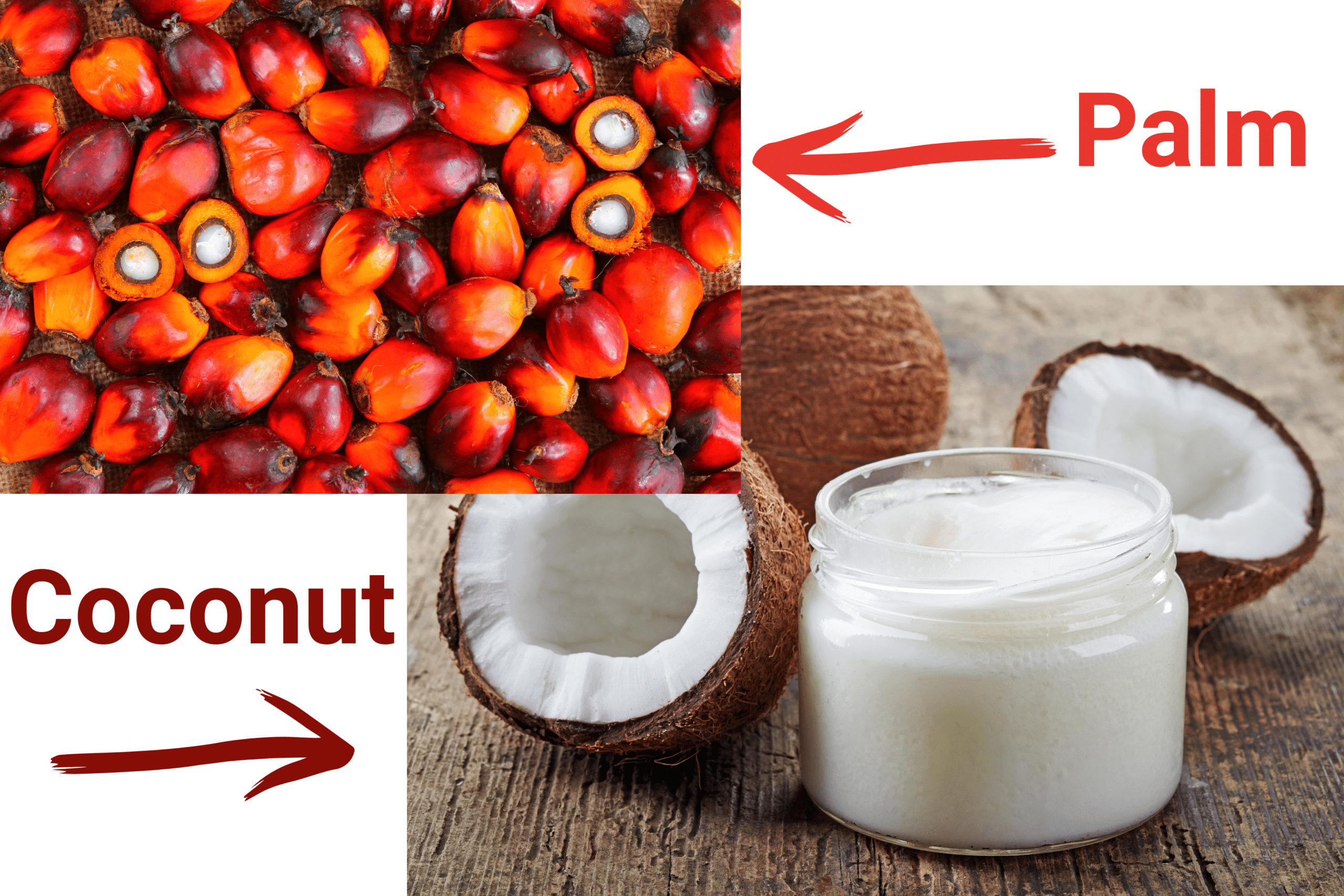
3. High-Cholesterol Animal Products
-
Fatty cuts of meat
-
Full-fat dairy
-
Organ meats (liver, kidney)
-
Egg yolks (limit to 1–2 eggs per day)
4. Unfiltered Coffee
Surprisingly, unfiltered coffee can also raise cholesterol. Stick to filtered coffee, or better yet, green tea, which may slightly help reduce cholesterol.
Foods That Help Lower Cholesterol
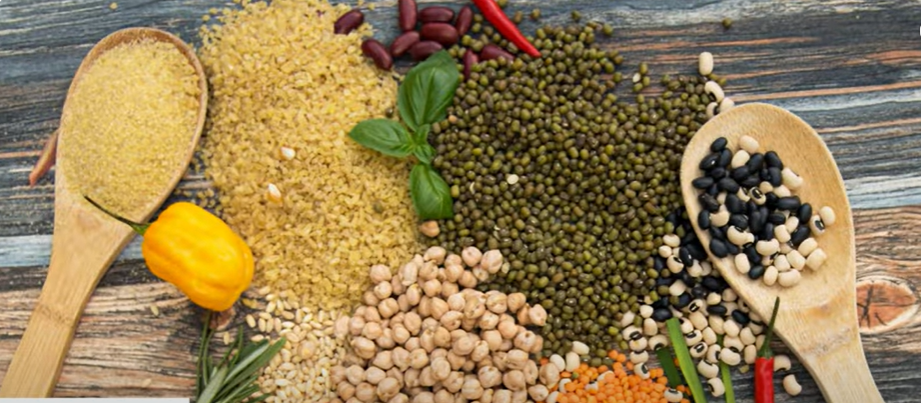


1. High-Fiber Foods
Fiber reduces LDL levels by blocking its absorption.
-
Oats
-
Whole grains
-
Lentils
-
Beans
-
Apples
-
Carrots
-
Leafy greens
Aim for 20–30 grams of fiber per day.

2. Healthy Plant-Based Fats
Use oils like:
-
Olive oil
-
Sunflower oil
-
Canola oil
Avoid butter, dalda, and margarine.
3. Omega-3 Fatty Acids
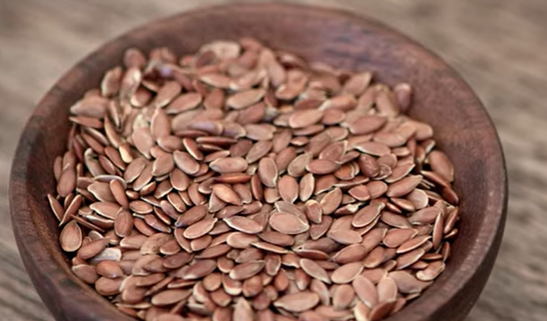
These fats improve heart health and reduce inflammation.
-
Flaxseeds
-
Chia seeds
-
Walnuts
-
Fatty fish (e.g., salmon, sardines)
-
Fish oil or cod liver oil supplements
Final Thoughts: How to Reduce Cholesterol Without Medication
If your recent blood test shows elevated cholesterol levels, don’t panic. Instead:
Step 1: Understand your numbers
Get a full lipid profile and learn what each number means.
Step 2: Identify your risk factors
Are you overweight, sedentary, or have a family history?
Step 3: Change your habits
Incorporate daily exercise, reduce sugar and fat intake, and switch to a high-fiber, plant-based diet.
Step 4: Stay consistent
Changes won’t happen overnight. But with dedication, most people can significantly reduce cholesterol naturally.
Key Takeaways
-
Cholesterol can be lowered without medicine in most cases with the right lifestyle changes.
-
Get tested after age 20, especially if you’re at risk.
-
Avoid saturated fats, trans fats, and excess sugar.
-
Eat more fiber, plant-based oils, and omega-3 rich foods.
-
Stay active and track your cholesterol levels over time.
Managing cholesterol is not just about avoiding heart disease—it’s about living a longer, healthier life.
If needed, consult your doctor about further interventions, but always start with lifestyle first. Your heart will thank you.